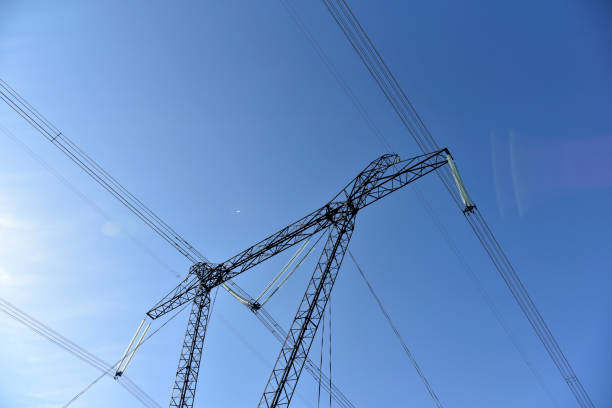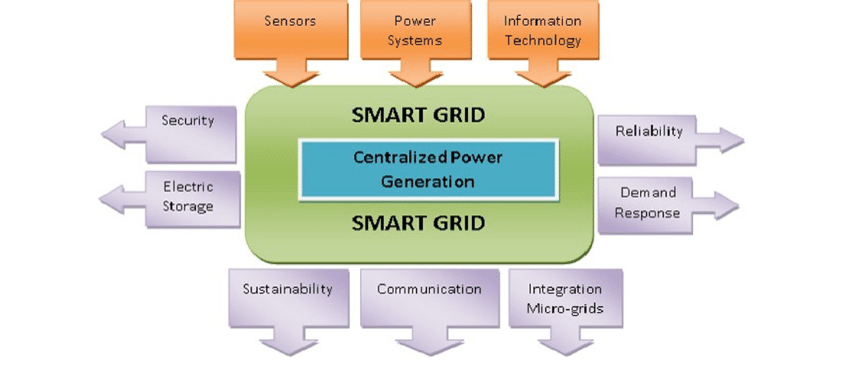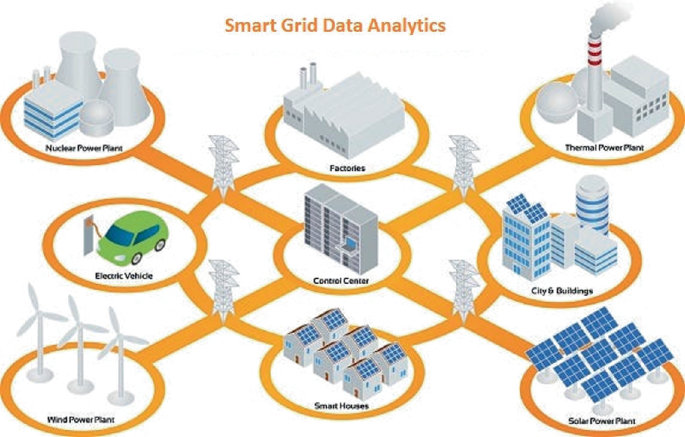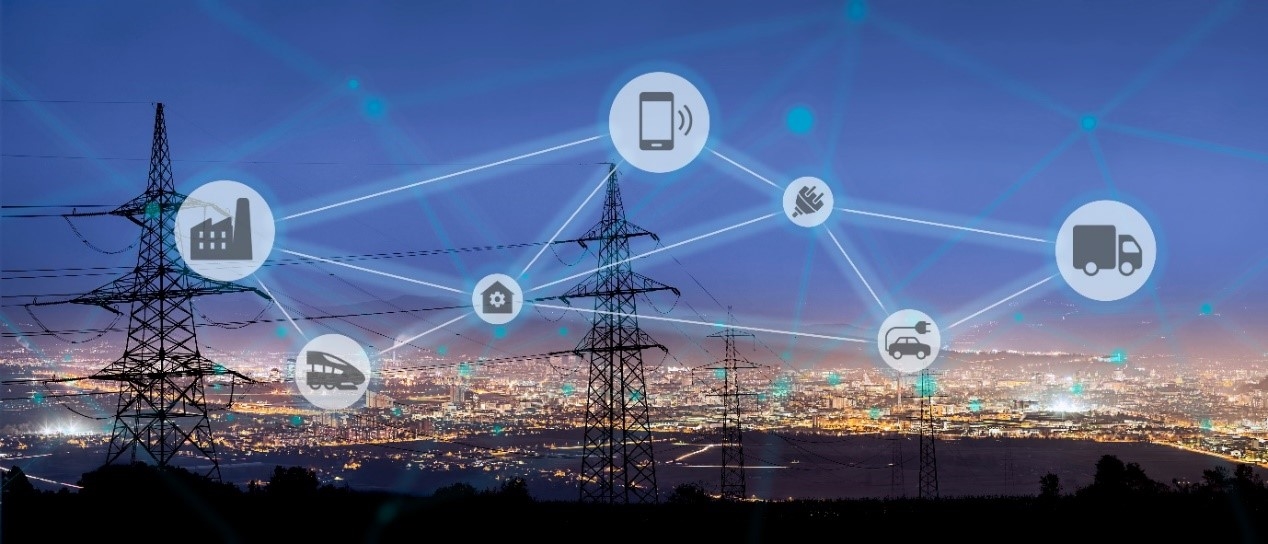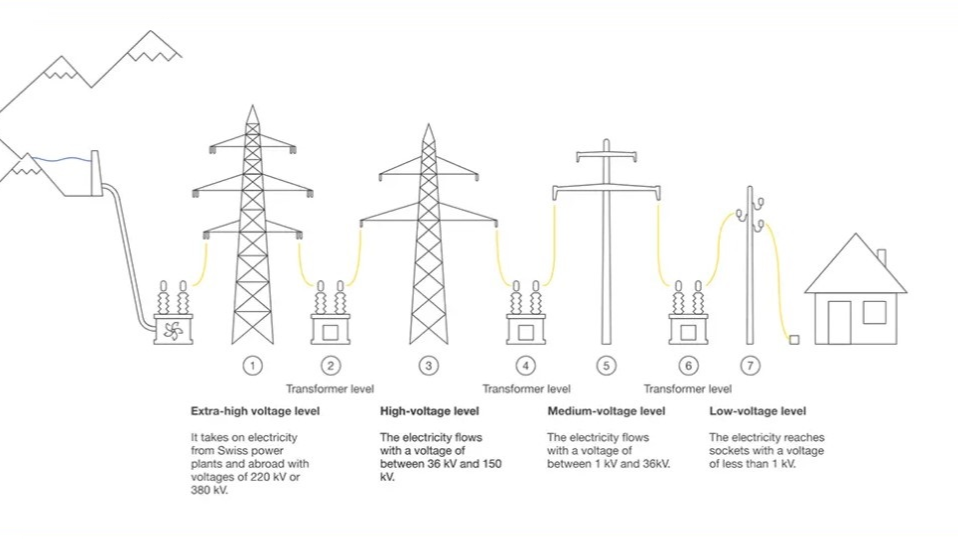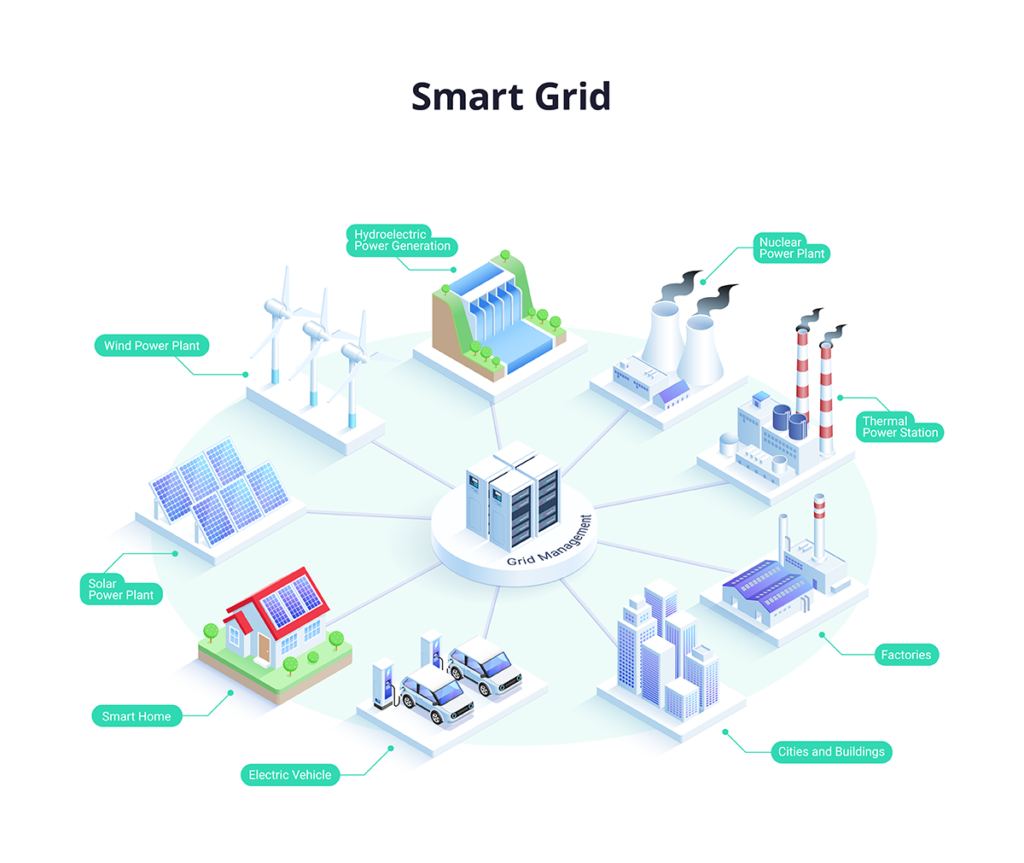Advantages of UHV transmission
Ultra-high voltage (UHV) transmission offers several advantages:
- High transmission capacity: UHV lines can carry extremely large power flows, reaching several million megawatts, far exceeding typical extra-high-voltage lines. This gives UHV an advantage for bulk energy transport.
- Long transmission distance: UHV lines can span thousands of kilometers, enabling energy to be sent from resource-rich regions to demand centers over long distances.
- Higher energy utilization efficiency: UHV transmission reduces losses during transport, improving overall energy utilization. It also facilitates centralized development of generation resources, improving development efficiency.
- Land use savings: UHV corridors can make better use of existing transmission rights-of-way, reducing the need for extensive new line and tower construction and saving land resources.
- Environmental benefits: UHV construction can reduce some environmental impacts compared with building numerous local generation or transport facilities. By enabling centralized transmission of cleaner energy, UHV can help lower fossil fuel dependence and reduce carbon emissions.
Core technologies of UHV transmission
Ultra-high voltage (UHV) transmission refers to transmission at voltage levels of 800 kilovolts (kV) and above. Key technical areas involved in UHV systems include:
- High-voltage insulation technology: UHV lines require high-strength insulation materials and specialized insulation designs to ensure safe operation at very high voltages. Common insulation solutions include composite insulators and gas-insulated equipment.
- High-voltage switching technology: UHV systems need switching devices and circuit breakers capable of withstanding and controlling very high voltages. These devices must provide high interrupting capacity, high continuous current capability, and strong insulation to ensure system reliability and safety.
- Transmission line design: UHV line design must balance economics, stability, and reliability. Design considerations include electric field strength, conductor selection, overload protection, and electromagnetic compatibility.
- Transmission and substation equipment: UHV systems require suitable transformers, compensation equipment, circuit breakers, and other substation apparatus. These components must meet the high-voltage and large-current demands of UHV transmission to ensure reliable power delivery.
- Monitoring and maintenance technologies: Comprehensive monitoring and maintenance are critical for UHV systems, including current, voltage, and temperature monitoring, fault detection, and protection systems. These technologies support safe operation and reliable transmission.
Are UHV transmission losses low?
Yes. Compared with lower-voltage transmission systems, UHV transmission generally exhibits lower transmission losses.
Operating at higher voltage levels, typically 800 kV and above, UHV systems offer several loss-related advantages:
- Lower current: Higher voltage reduces current for a given power level. According to P = I^2 * R, lower current reduces resistive losses in conductors.
- Reduced resistive losses: UHV lines often have larger conductor spacing and higher insulation levels, which contribute to lower resistive losses.
- Smaller inductive and capacitive losses: UHV line designs aim to minimize inductive and capacitive effects, reducing reactive losses along the route.
- Higher transmission capability: At the same conductor cross-section, higher voltage increases transfer capability, allowing more energy to be transported with relatively lower losses.
Main application areas for UHV transmission
UHV transmission is mainly applied in the following areas:
- Bulk power delivery: UHV is used for long-distance, high-capacity power transmission. Its lower losses and high capacity help provide reliable, stable power to distant load centers and support broader economic development.
- Grid expansion and upgrade: UHV technology enables more efficient grid configurations, helping to meet high local demand and improving grid stability and reliability during upgrades.
- Energy internet infrastructure: As energy systems evolve, UHV corridors are a core infrastructure for widespread transmission and distribution. With increasing digitalization, UHV can support more efficient and sustainable energy use.
- Linking production and consumption: UHV better connects generation sites with consumption centers, optimizing resource allocation.
- Absorbing clean energy: UHV can efficiently transmit large volumes of clean energy from remote areas, replacing coal transport with power transmission and improving overall utilization while reducing environmental impact.
- Supporting new renewable installations: Large-scale nuclear, wind, hydro, and solar generation are often located far from major load centers. Expanding UHV transmission channels is necessary to form an effective long-distance power delivery network for these resources.
UHV transmission technology spans many disciplines and requires integration of diverse knowledge and techniques to ensure stable, efficient operation of power systems.
 ALLPCB
ALLPCB


